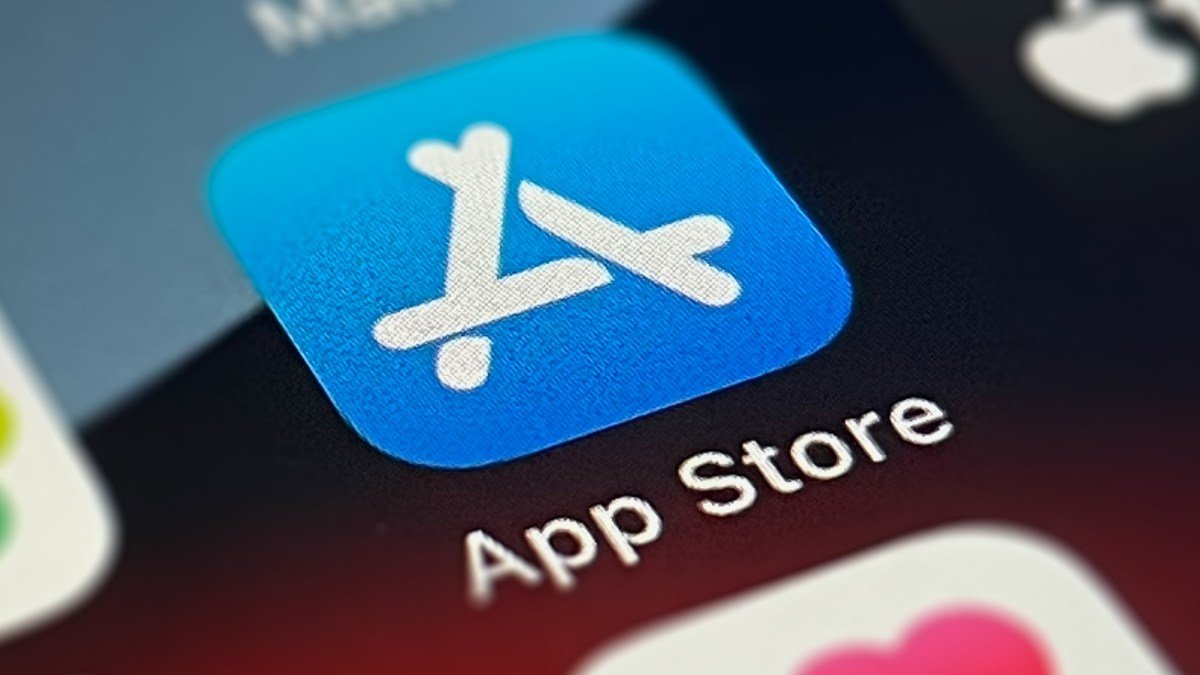Investors are well aware of the high failure rate of startups, but one aspect that may be lesser known is the low success rate of mobile apps. According to a recent analysis by RevenueCat, a mobile subscription toolkit provider, the top 5% of apps generate a whopping 200 times more revenue than the bottom quartile after their first year. In contrast, the average monthly revenue for an app after 12 months is less than $50 USD.
This “State of Subscription Apps” report offers a comprehensive view of the subscription app industry, given RevenueCat’s large database of nearly 30,000 apps using its monetization tools. In fact, aside from Apple and Google, RevenueCat has the largest collection of subscription app developers on a single platform.
The report’s data is based on over 29,000 apps and 18,000 developers, collectively generating $6.7 billion in tracked revenue and boasting over 290 million subscribers. After analyzing this wealth of information, the company found that only 17.2% of apps will even reach $1,000 in monthly revenue. However, once they pass this threshold, their chances of further growth increase significantly. For example, 59% of apps that reach $1,000 will go on to reach $2,500, and of those, 60% will surpass $5,000. But perhaps more surprisingly, only 3.5% of apps will hit the $10,000 mark, a crucial amount that many indie developers use to determine if they can solely rely on app development for their income.
When examining specific categories, there are noticeable differences in the success rates of apps. Health and fitness apps tend to generate more revenue, performing at least twice as well as all other categories combined in both the top 5% and bottom quartile. On the other hand, travel and productivity apps struggle the most, with even the top 5% making less than $1,000 per month after a year on the app stores.
While it may not come as a surprise that many apps don’t generate significant revenue, seeing the actual figures could be a wake-up call for those who believe they have what it takes to beat the odds.
RevenueCat’s report also sheds light on other important aspects of the subscription app industry, such as the fact that North American apps have four times the monetization rate of the global average. In other words, the average 14-day RLTV (Realized Lifetime Value) for North American apps is $0.35, while the global average is $0.08. It’s also noteworthy that Japan and South Korea tend to monetize better on Android than on iOS, which is not typically the case.
Another significant finding from this year’s report is that the percentage of monthly subscribers retained after 12 months decreased by approximately 14% in the past year. This could be attributed to consumers being more mindful of their spending and canceling subscriptions they no longer need. However, the overall industry is still growing, with 1.7% of downloads converting into paying subscribers in the first 30 days, an increase from the previous year. (It’s worth noting the significant difference between the lower and upper quartiles, with the former at 0.6% and the latter at 4.2%.)
Furthermore, RevenueCat’s data shows that a portion of churned subscribers will return, with over 10% resubscribing within 12 months. In categories like media and entertainment, this rate is even higher.
RevenueCat CEO Jacob Eiting commented on the report’s findings, saying, “We definitely saw a tightening, which would make sense, because a lot of apps were raising prices — inflation-induced price raises — which then, of course, would lead to people churning as well. Overall, the whole ecosystem seems to have grown pretty well, but there has been some readjustment.”
The full report delves into more specific details that are valuable for subscription app developers, including information about subscription packages, pricing, trial strategies, conversion rates, refunds, retention, and growth. It also includes RevenueCat’s predictions for the upcoming year, anticipating that more apps will adopt no-trial subscription plans and that subscription prices will rise. The report also predicts that apps will start combining subscription models with other monetization methods, such as non-renewable in-app purchases, ads, partnerships, e-commerce, and affiliate marketing. Additionally, AI is expected to play a more significant role in personalizing the user experience, and new regulations may introduce new choices, with only larger apps benefiting from third-party payment processors and app stores in the near future.








